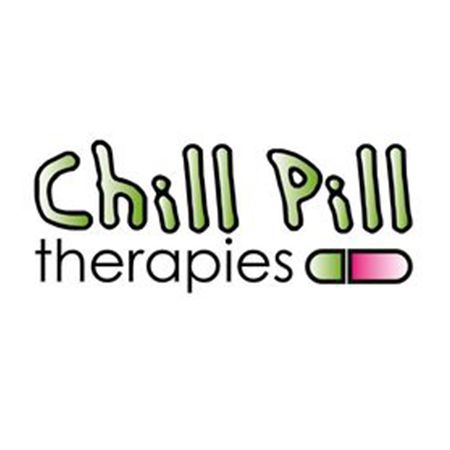
Reflexology is the art and science of applying appropriate amount of pressure to key "reflex" points on the feet, hands and sometimes ears to help provide pain relief or correct imbalances in the body. It is often associated with Traditional Chinese Medicine (TCM), however, this ancient therapeutic modality also has roots in ancient Egyptian medicine and Indian Ayurveda. how does reflexology help in relieving back pain?
Theory of reflexology
Reflexology, acupressure and trigger point therapy are all natural therapies that share a common theory on the existence of energy pathways in the body. These pathways and their meridians have been meticulously and carefully mapped. The feet and hands, which contain over 72,000 nerve endings together, also contain innumerable energy meridians called ki that are energetically connected to the vital organs and parts of the central nervous system. A reflexologist is believed that can help relieve pain and restore the natural chemical and neurological balance in the body by applying appropriate pressure and manually massaging or manipulating the energy meridians on the feet and hands.
Reflexology for back pain
A reflexologist takes a holistic approach when treating back pain. While the manipulation of certain meridians will be part of the healing process, the reflexologist will also consider other things into account. A typical first session starts by discussing the issue with the patient regarding the cause of the back pain.
Then, an examination of the feet will be followed. A callous on one foot may indicate that the patient has applied more pressure to that side of the body or there may be a presence of oedema which may indicate a poor fluid circulation and a sedentary lifestyle. These will help the reflexologist determine the best course of treatment to the patient.
A session of reflexology treatment typically last from thirty minutes to an hour. The client remains fully clothed except for the removal of shoes and socks. They will lie down on a massage table comfortably while the practitioner starts to work. The reflexologist uses their fingers, thumbs and palms to massage as well as using techniques like kneading. Most patients describe the treatment as relaxing and not painful at all.
After the treatment, many patients will feel relief from the symptoms of back pain. However, this is only one of the many goals of the reflexologist. They will also attempt to restore balance to the body and promote a healthier psychological attitude to help prevent the recurrence of back pain. If there is a presence of oedema, the treatment will involve an attempt in improving circulation.
Reflexology is a form of complementary medicine and is not meant necessarily to be a stand-alone treatment program. If treatment is started early, before the presence of the back pain, it may help prevent its occurrence. However, if serious pain is already present, the reflexologist may help minimise the need for medication.
Reflexology is a safe and non-invasive procedure, however, you may need to see a specialist if the back pain is still persistent. A holistic doctor may be helpful in finding the right combination of therapies, both conventional and alternative, to help patients overcome back pain and prevent its future recurrence.
|
Do you have a natural health & wellness business? |









